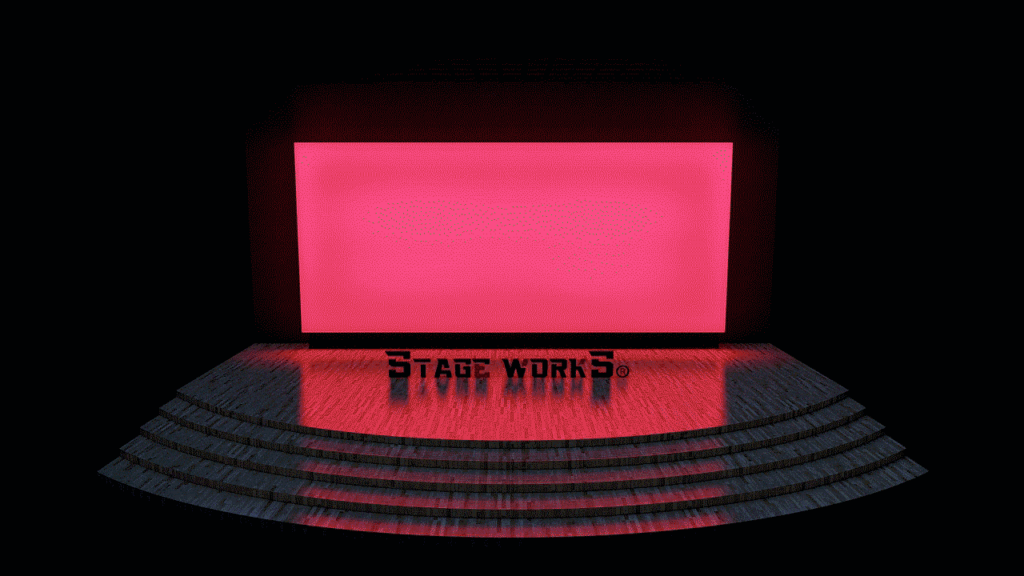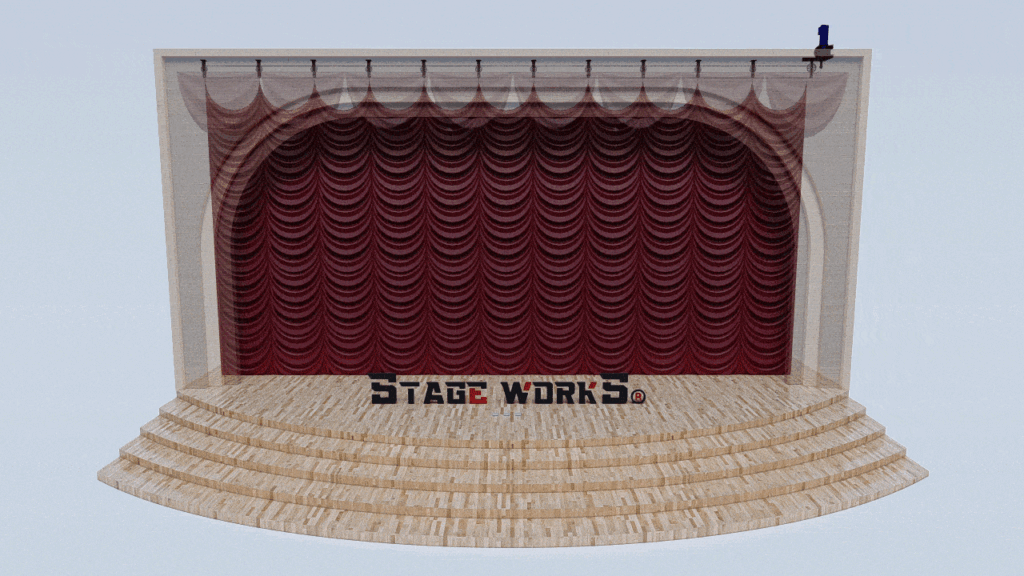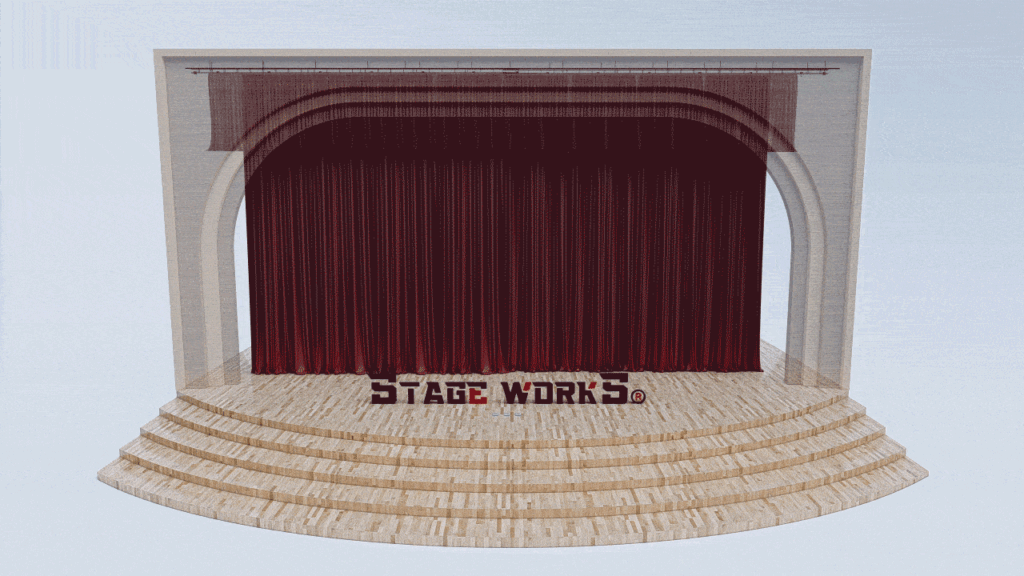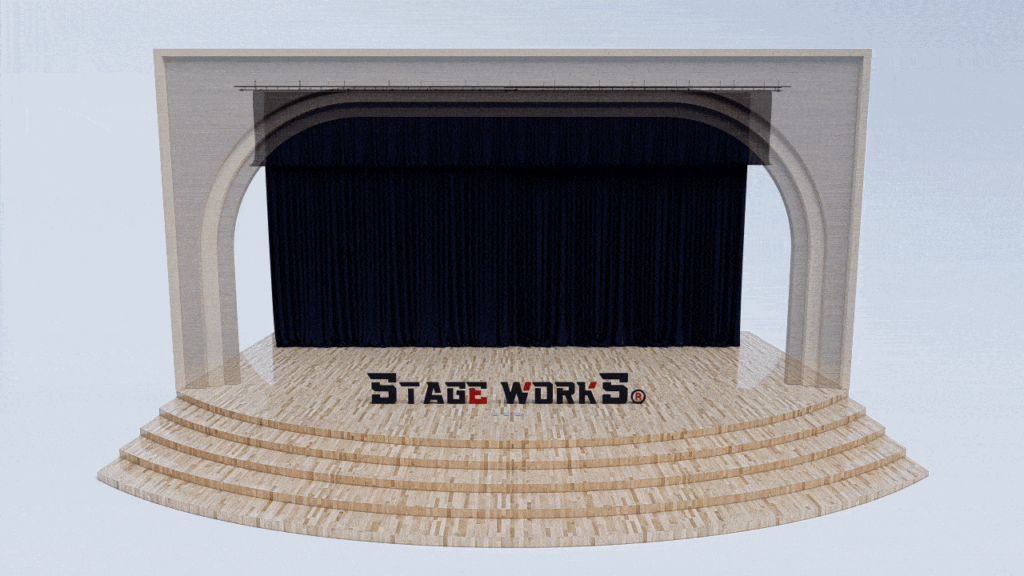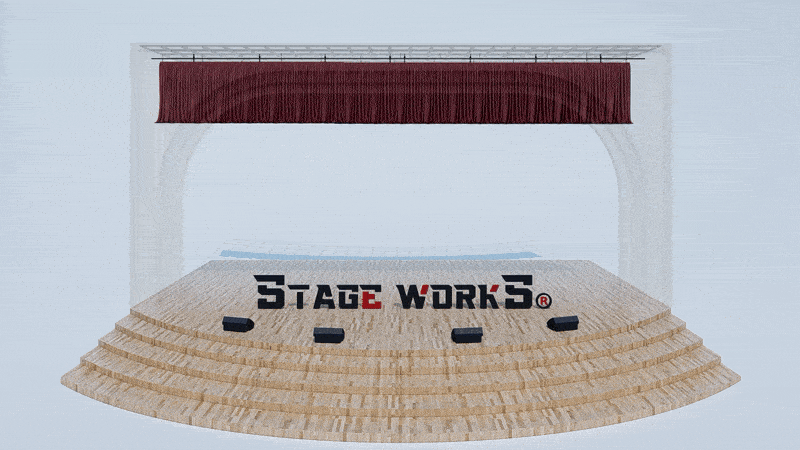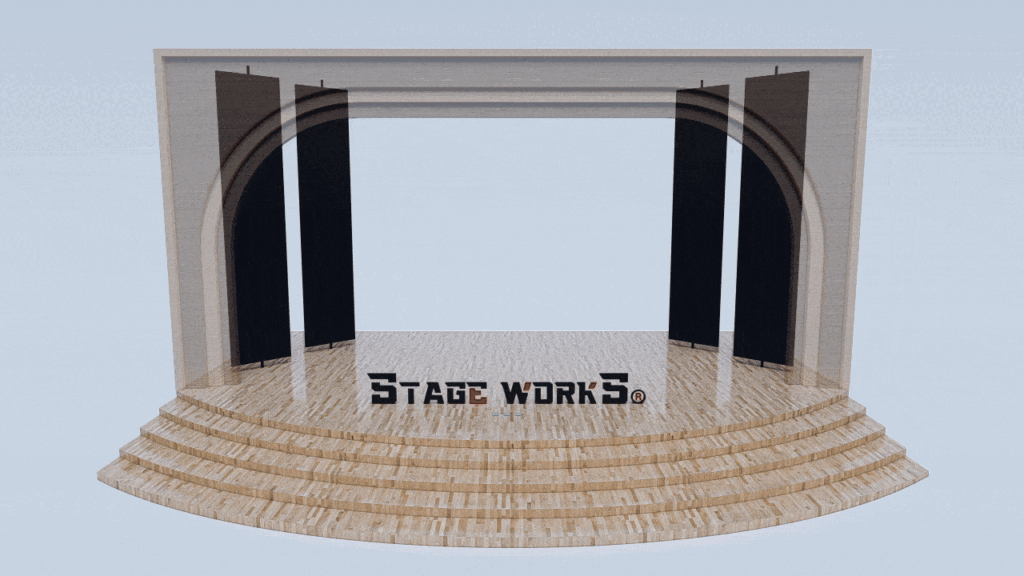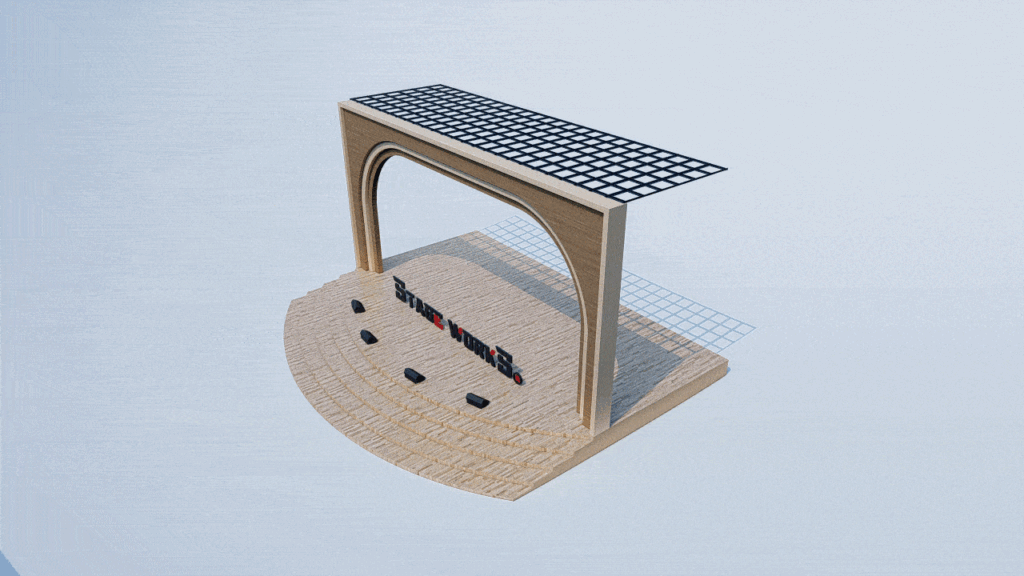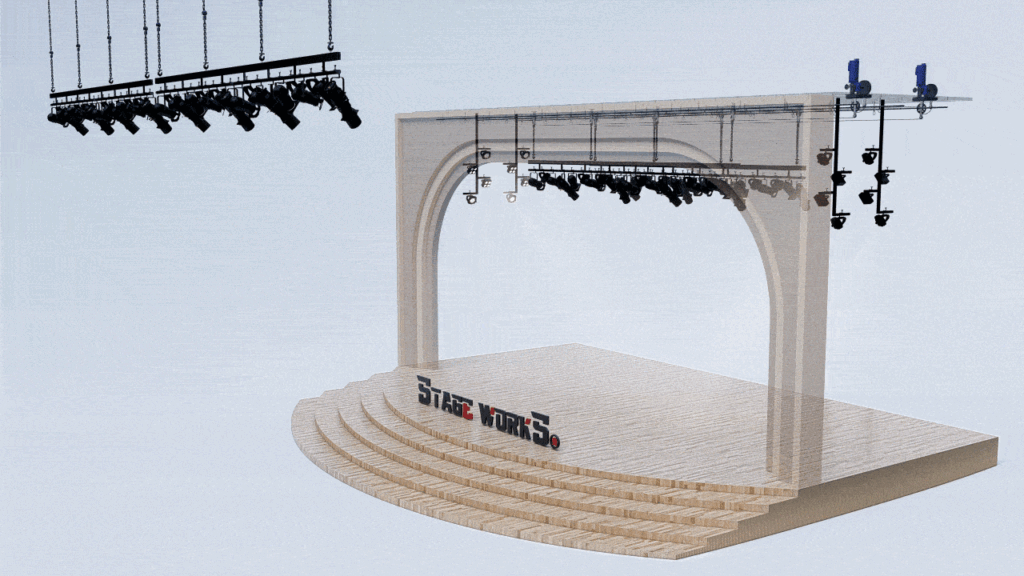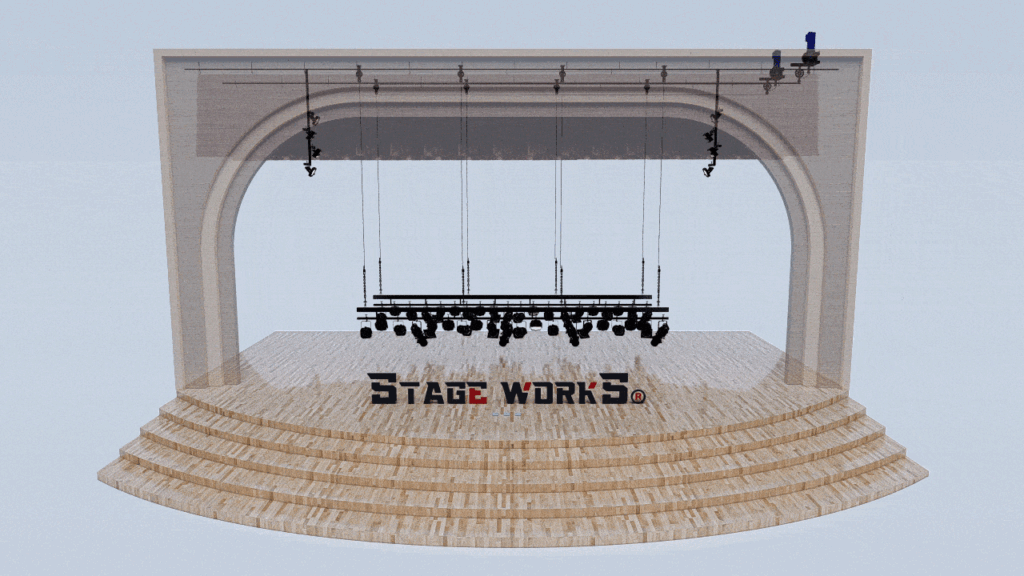Stage Curtains: Improve Acoustics & Enhance Your Performances
For any performance venue, from a grand theatre to a small community hall, stage curtains are more than just a decorative element. They play a crucial role in shaping the acoustics of the space and significantly impacting the quality of the performance. Understanding how stage curtains affect sound and choosing the right material can elevate your productions to a new level.
The Science of Sound Absorption and Reflection
The fabric of your stage curtain directly influences how sound behaves within the performance space. Heavier, denser fabrics, such as those with velvet or plush finishes, absorb sound effectively. This reduces reverberation and echo, creating a clearer, more focused sound for both the performers and the audience. Lighter fabrics, on the other hand, tend to reflect sound, potentially leading to unwanted echoes and muddied acoustics. The choice between absorption and reflection depends on the specific needs of your venue and the type of performances you host.
Choosing the Right Fabric for Optimal Acoustics
Several factors should be considered when selecting a stage curtain fabric for acoustic enhancement. The weight of the fabric is paramount. Heavier fabrics generally offer superior sound absorption. The fiber content also plays a role. Natural fibers like velvet often provide better sound absorption than synthetic materials. However, synthetic fabrics can offer benefits in terms of durability and maintenance. Consulting with an acoustics expert or a reputable stage curtain supplier like stagecurtains.in can help you choose the optimal material for your specific venue.
Beyond Sound Absorption: Enhancing Performance Aesthetics
Acoustic benefits aren’t the only advantages of strategically chosen stage curtains. The right curtain can also significantly enhance the visual aspect of your performances. The color and texture of the curtain can contribute to the overall ambiance and mood. A rich, dark curtain can create a sense of mystery and drama, while a lighter-colored curtain can offer a brighter, more open feel. The design and drape of the curtain can also contribute to the overall aesthetic, enhancing the visual appeal of the performance.
Soundproofing vs. Sound Absorption: Understanding the Difference
It’s crucial to differentiate between soundproofing and sound absorption. Soundproofing aims to prevent sound from escaping or entering a space, often achieved through heavy construction methods. Sound absorption, on the other hand, focuses on managing the sound *within* a space, reducing unwanted echoes and reverberations. Stage curtains primarily contribute to sound absorption rather than soundproofing, creating a more controlled and pleasant listening experience.
Maintenance and Longevity of Acoustic Stage Curtains
Investing in high-quality stage curtains means ensuring their longevity. Regular cleaning and maintenance are essential to preserve the fabric’s acoustic properties and aesthetic appeal. Following the manufacturer’s cleaning instructions will help maintain the sound absorption capabilities and extend the life of your curtains. Proper storage when not in use also prevents damage and deterioration.
Contact stagecurtains.in for Expert Advice
Selecting the right stage curtains can significantly improve the acoustics of your venue and elevate the quality of your performances. At stagecurtains.in, we offer a wide selection of high-quality stage curtains designed to meet various acoustic needs. Our team of experts can help you choose the perfect curtain to optimize sound and enhance the aesthetic appeal of your stage. Contact us today to discuss your specific requirements and discover how our stage curtains can transform your performances.



